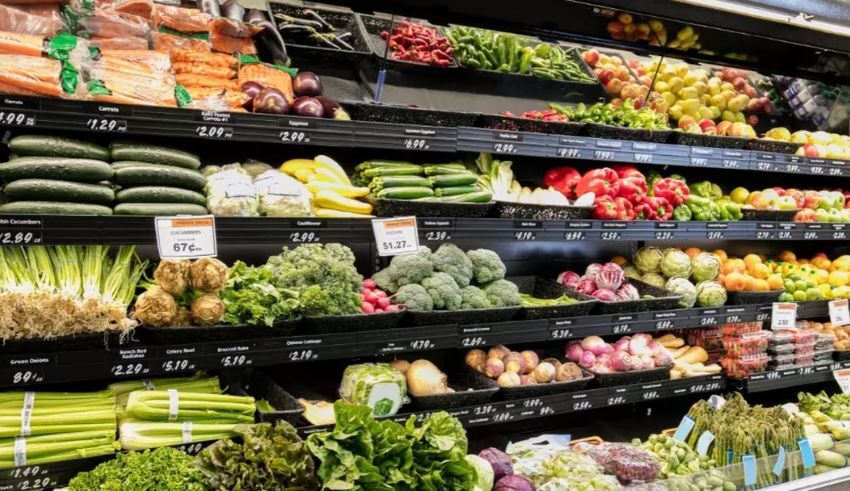
Inflation in the Philippines was at 4.7% last month, compared to the 5.4% recorded in June, the Philippine Statistics Authority (PSA) reported in a briefing on Friday. The figure is also within the 4.1% to 4.9% range the Bangko Sentral ng Pilipinas forecasted for the month.
July’s Inflation The Slowest Since March 2022
The Southeast Asian country has been recording a drop in inflation since January, that’s a fact. But while the rate of price increases maintained its downtrend for the sixth straight month in July, a government official raised concerns over recent typhoons threatening the slowdown.
According to National Statistician Dennis Mapa, inflation recorded in July was the slowest since March 2022’s 4%. The PSA blamed a slower increase in electricity, gas, water, housing, transport, food and non-alcoholic beverages for the deceleration.
While Metro Manila’s inflation rate was flat at 5.6% in July, areas outside the capital reported the figure easing to 4.4% from June’s 5.3%. Last month, Eastern Visayas recorded the lowest inflation at 2.4%, while Western Visayas had the highest – at 5.8%, down from 6.8% in June.
Keep Reading
Typhoons Hurting Agriculture And Jump In Rice Inflation
Highlighting the reduction in inflation seen since January, Dennis Mapa said because the Philippines was hit by typhoons, there are expectations there is a spike in the prices of vegetables which would slow down when things start to normalise.
Following Typhoons Egay and Falcon bringing torrential downpours that triggered landslides and flooding, several parts of the country have suffered substantial damage in agriculture. The official said they already have recorded an increase in prices of tomatoes and cabbages.
The jump in rice inflation in the last few months was also recorded in July – from 3.6% in June to 4.2% the next month, Mapa underscored. Although it wasn’t that high yet, it could be the country’s source of future inflation, he added.




